Are Ethiopian Rosa Village and Panamanian Rosa Coffee beans the same? hand cooking advice
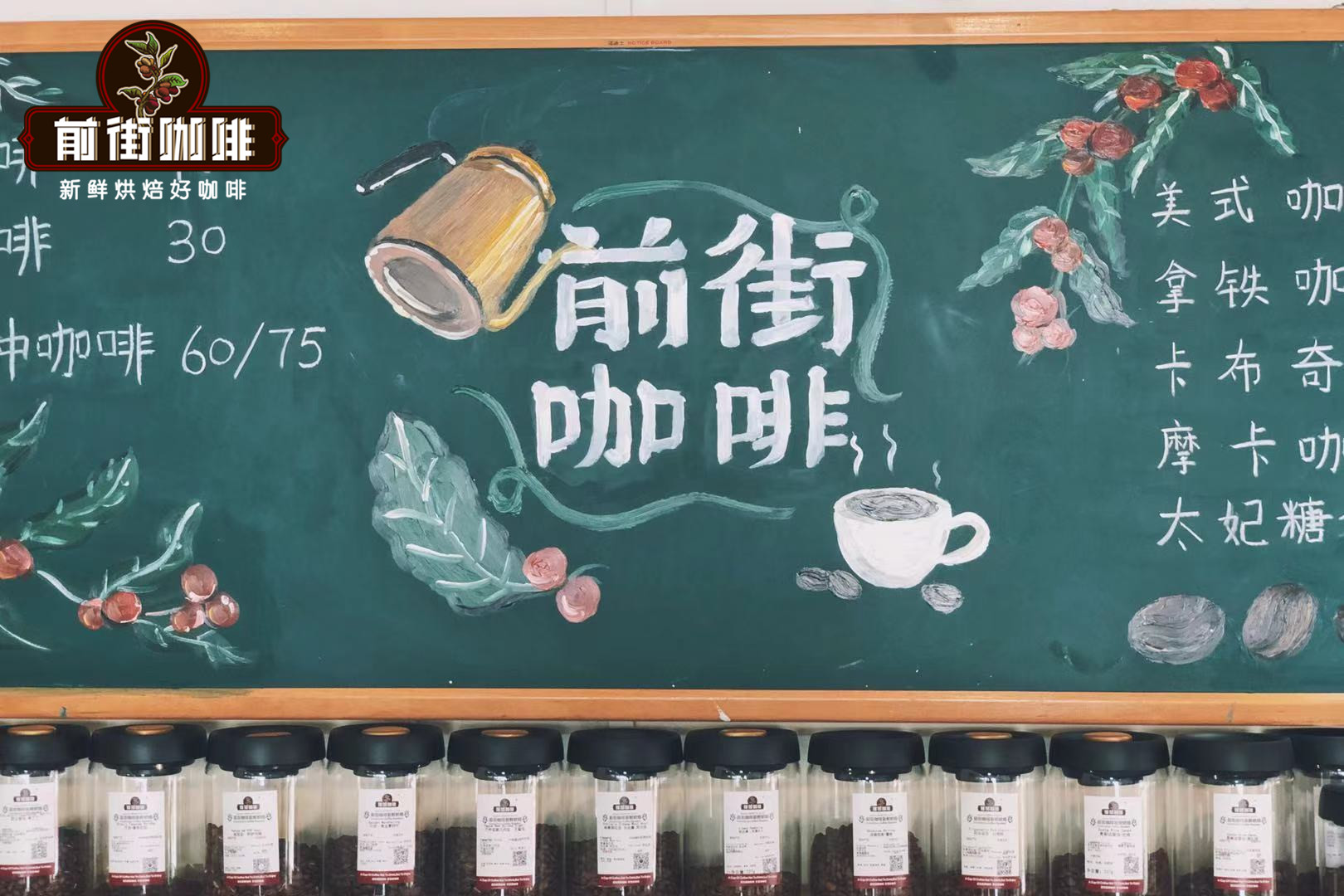
Professional coffee knowledge exchange more coffee bean information please follow the coffee workshop (Wechat official account cafe_style)
The Geisha variety was first discovered in the rose forests of Ethiopia in 1931 and was later sent to the Coffee Institute in Kenya. Introduced to Uganda and Tanzania in 1936 and introduced to Costa Rica in 1953. Qianjie Coffee has bought a variety of rose summer coffee beans, such as Costa Rica Candle Manor, Panamanian Emerald Manor Rose Summer Coffee, Ethiopian Rose Summer Coffee.
In the front street of this article, we mainly share the rosy summer coffee beans from the Jade Manor of Panama and Ethiopia. Not many people have paid attention to Rose Summer all the time. Until one day, Don Pachi was originally brought to Costa Rica from the town of GESHA in southwestern Ethiopia, and then Rosa entered Panama from along the southern route, where Esmeralda Esmerada Manor (Emerald Manor) in Panama separated it from other varieties and won the national coffee contest champion.
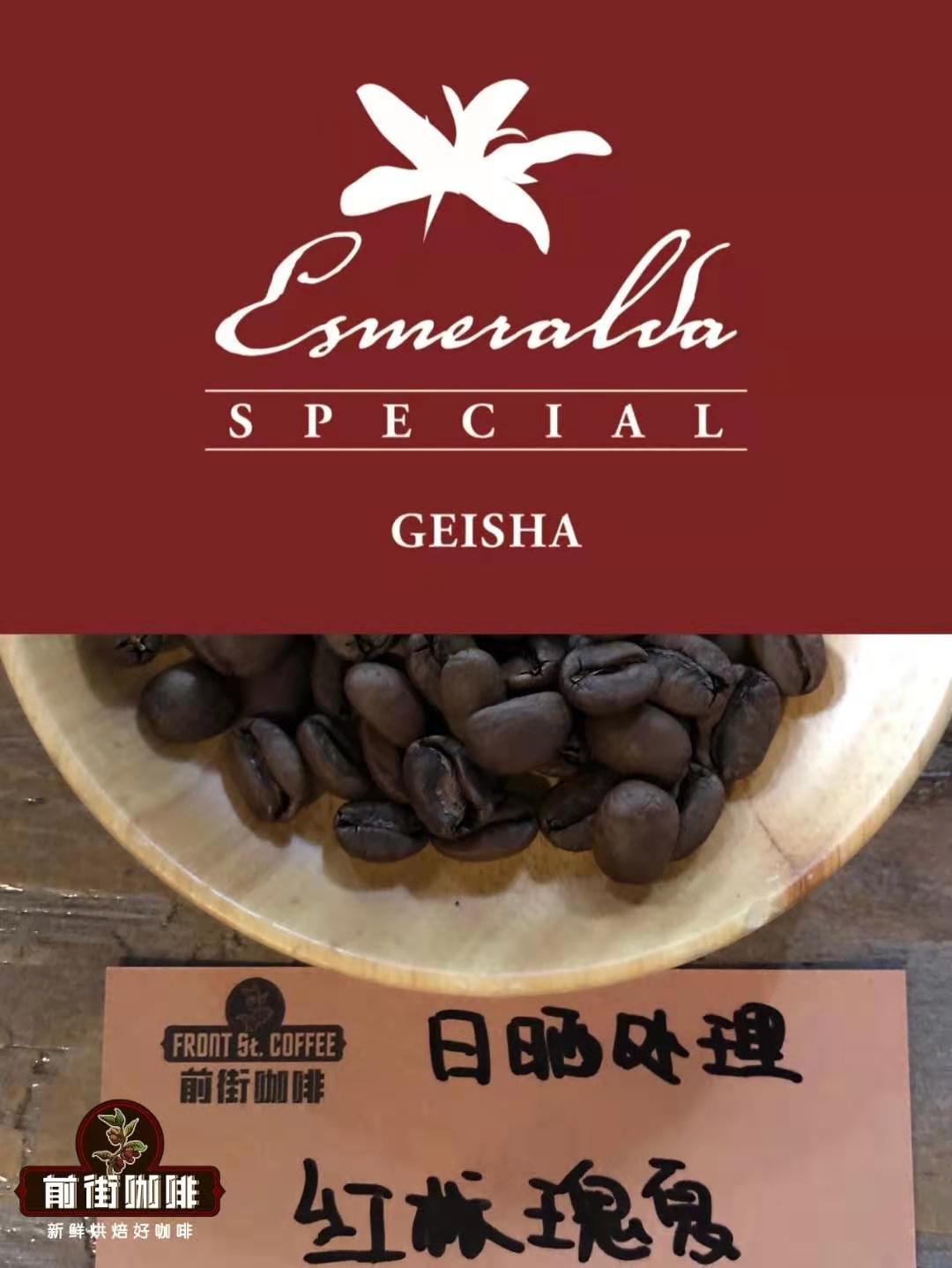
So what's the difference between Panamanian Rose Summer and Essex Rose Summer Village? Qianjie believes that there are many factors that affect the flavor of a type of coffee, the most important of which are climate, altitude, treatment of raw coffee beans, and so on. Panama is located in North America, while Essex Village is located in Africa, where the climate is very different, which makes the flavor of Rosa coffee in the two places not destined to be exactly the same.
On the other hand, Qianjie has tested the Emerald Manor of Panama and the rose summer coffee beans of Ethiopia. Qianjie in the cup test rose summer village, chose the front street shelf of a cost-effective green rose summer coffee. Its dry aroma has a very obvious berry flavor, poured into boiling water, coffee powder slowly soaked, this time is more ripe fruit aroma. When the current street began to taste this green standard, in addition to the rich sweet aroma of berries, it also had the flavor of cherry and honey with the unique fermented aroma brought by the sun treatment. When the coffee cooled, Qianjie tasted more berries, caramel flavor, sweetness and lingering aftertaste.
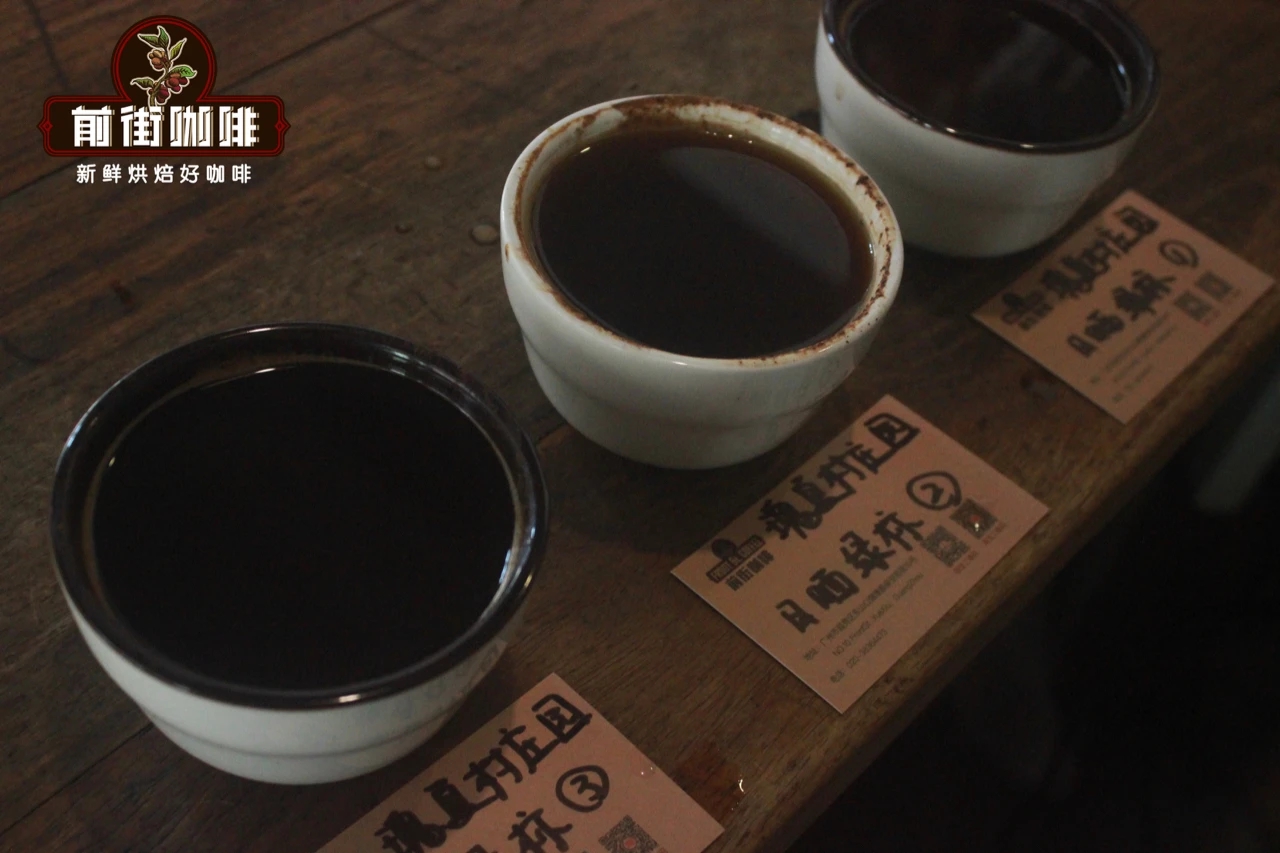
In order to distinguish the flavor of the two Rosa coffee, Qianjie also chose a Panamanian green standard to test the cup. First grind 11.3 grams of green label coffee beans, pour into boiling water with a water temperature of 94 degrees, smell the wet fragrance of coffee powder within four minutes, break the dregs in four minutes, pick up the dregs and start tasting. Qianjie through the cup test found that the green label cleanliness of the jadeite manor is very excellent, without any miscellaneous smell, the taste is very smooth, more flowers, tea feeling is more prominent.
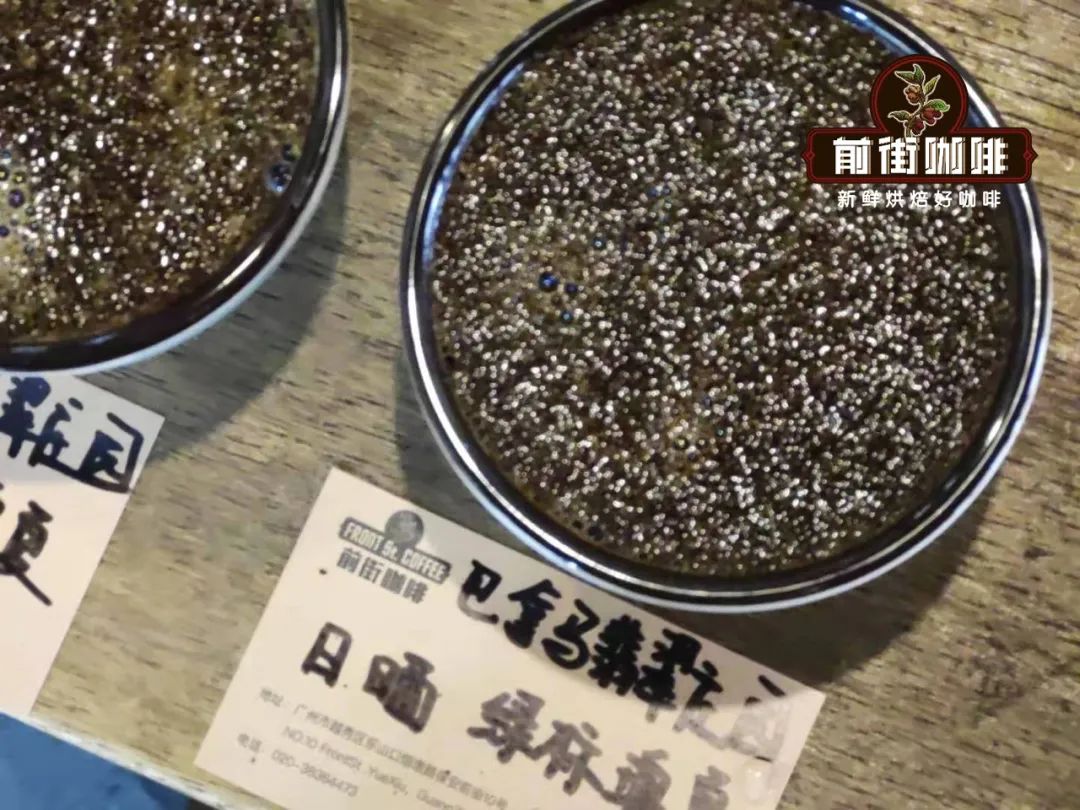
On the other hand, the rose summer in Rose Summer Village is more likely to have candied fruit flavor and have a higher sweetness. On the one hand, the difference in flavor between the two green labels also comes from the planting altitude. The rose summer varieties in Rosa Village are generally more than 1900 meters, while the highest elevation of Panamanian rose summer coffee is only about 1800 meters. Altitude is also one of the reasons why the two kinds of coffee produce different flavors.
According to the front street, Panama rosy summer coffee is grown in the western part of the country, near Costa Rica and the Pacific Ocean. The average annual temperature ranges from 16 ℃ to 25 ℃, and the average rainfall is about 3500 mm. Rosa coffee is particularly picky about the growing environment, requiring high altitude, cloud shade, fertile soil and enough accumulated temperature. Microclimate is the most important resource that makes Panamanian coffee unique. The east-west environment of the Republic of Panama converges cold air over 6500 feet through the Central Mountains, creating a variety of microclimates in the Boquete and Volc á n-Candela regions, making it a unique coffee flavor in Panamanian summer.
Gori Gesha forest, where the rosette species were first discovered. They collected seeds from native rose summer trees, and after careful screening, they sent the seeds to professional institutions for genetic testing to determine that they belonged to the original collection site of Panamanian rose summer varieties; then, through the study of the plant shape of coffee trees, the appearance and size of coffee beans, and the cup test results, they selected the roses that are closest to the current Panamanian rose summer, and began to raise seedlings. Ruoxia Village not only grows Rosa, but also has a native species called Illubabor.
Ruoxia Village, with a total area of 471 hectares, has gradually expanded its planting area since 2011. by 2017, it has a planting area of about 320 hectares, making it one of the largest Rosa manors in the world. In order to better manage and polish the coffee flavor, the manor of Rose Xia Village is divided into 8 regions, and each batch is re-numbered on this basis.
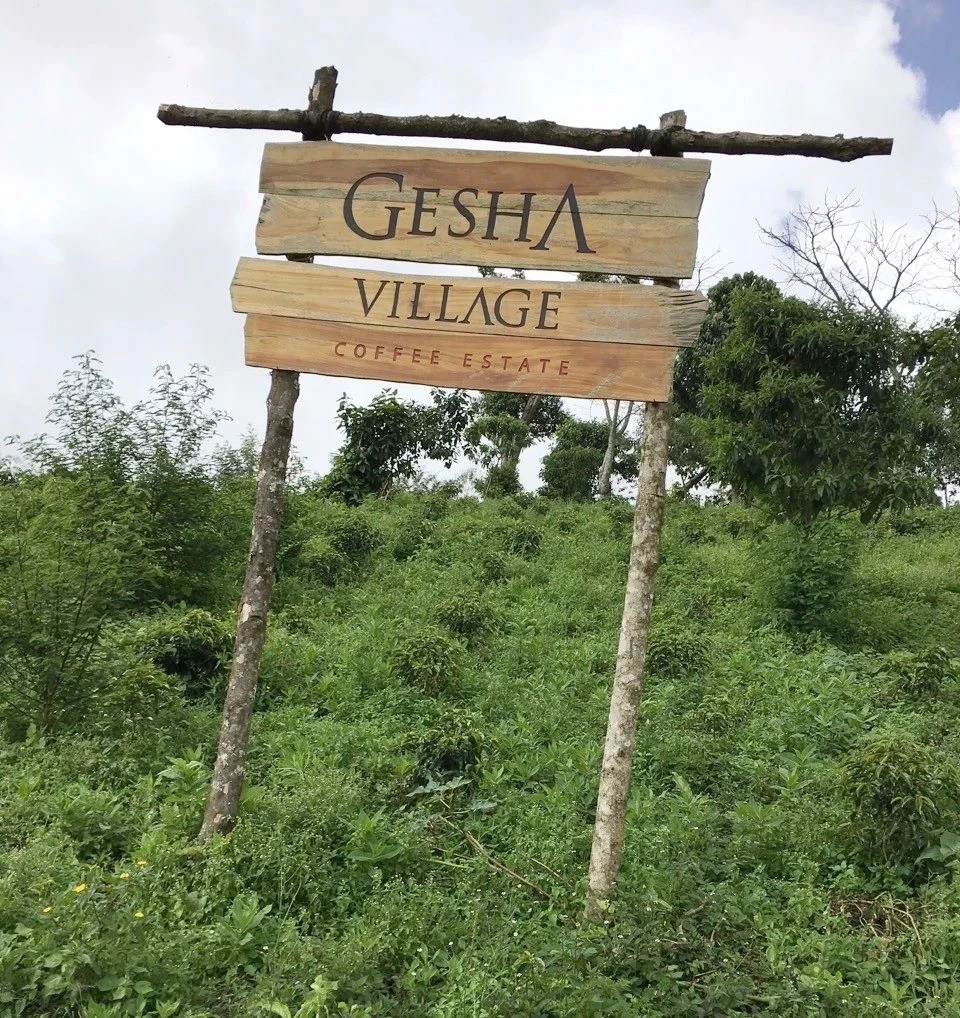
It is worth mentioning that the difference between batches of Rosa Manor in some producing areas may not be very prominent because of its small scale; but for large manors like Rose Xia Village, the difference between different plots is equivalent to the difference between small manors and manors, so the manor owner has a very detailed number of plots, which is convenient for later management and flavor tracing.
The terrain in the west of the manor is relatively high, so the three plots OMA, SURMA and SHEWA-JIBABU are slightly higher above sea level, while the shading ratio in the south is relatively higher, and the sun exposure time in the north is longer. Among the eight plots, manor managers choose the most suitable variety for each plot according to the microclimate differences such as elevation, soil conditions and shading conditions (as shown in the picture above) to ensure that each plot can form distinctive characteristics.
Qianjie found that the size of raw beans in Rose Xia Village is smaller than that in Panama, the raw beans of washed Rose Summer Coffee have a very beautiful blue-green, and the sun-dried Rose Summer Coffee has a beautiful green yellowish belt and a warm jade texture. It smells of fresh grass, peach, berries and the unique milk sweetness of oolong tea that most coffee beans do not have. It seems that the aroma and taste of this kind of things need to be associated with each other. But the faint smell of tea is something we can obviously feel.
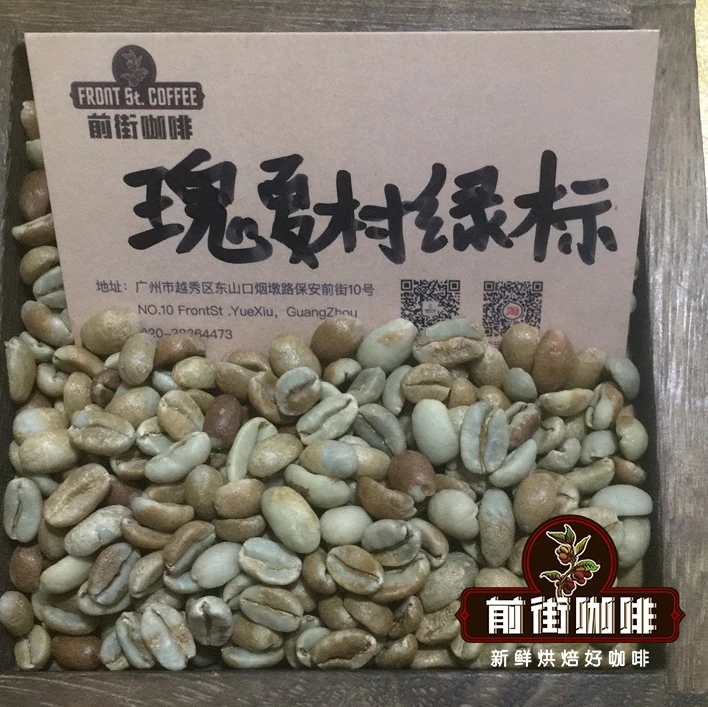
The method of hand brewing of Qianjie coffee
Recommended water temperature: about 90
Utensils: fine pot + filter cup (filter) + filter paper + electronic thermometer
Grinding thickness: moderate
1. Boil water: it is best to use water of about 90 degrees.
two。 First wet the filter paper: this step allows the filter paper to stick to the filter cup + remove the smell of the pulp, and pour out the water after filtering.
3. Wet the coffee powder first: steam the coffee powder. At this time, the coffee powder will spit out carbon dioxide, please do not exceed 30 seconds.
4. Then slowly inject water, concentric circle > from the inside to the outside, the delicious coffee is ready.
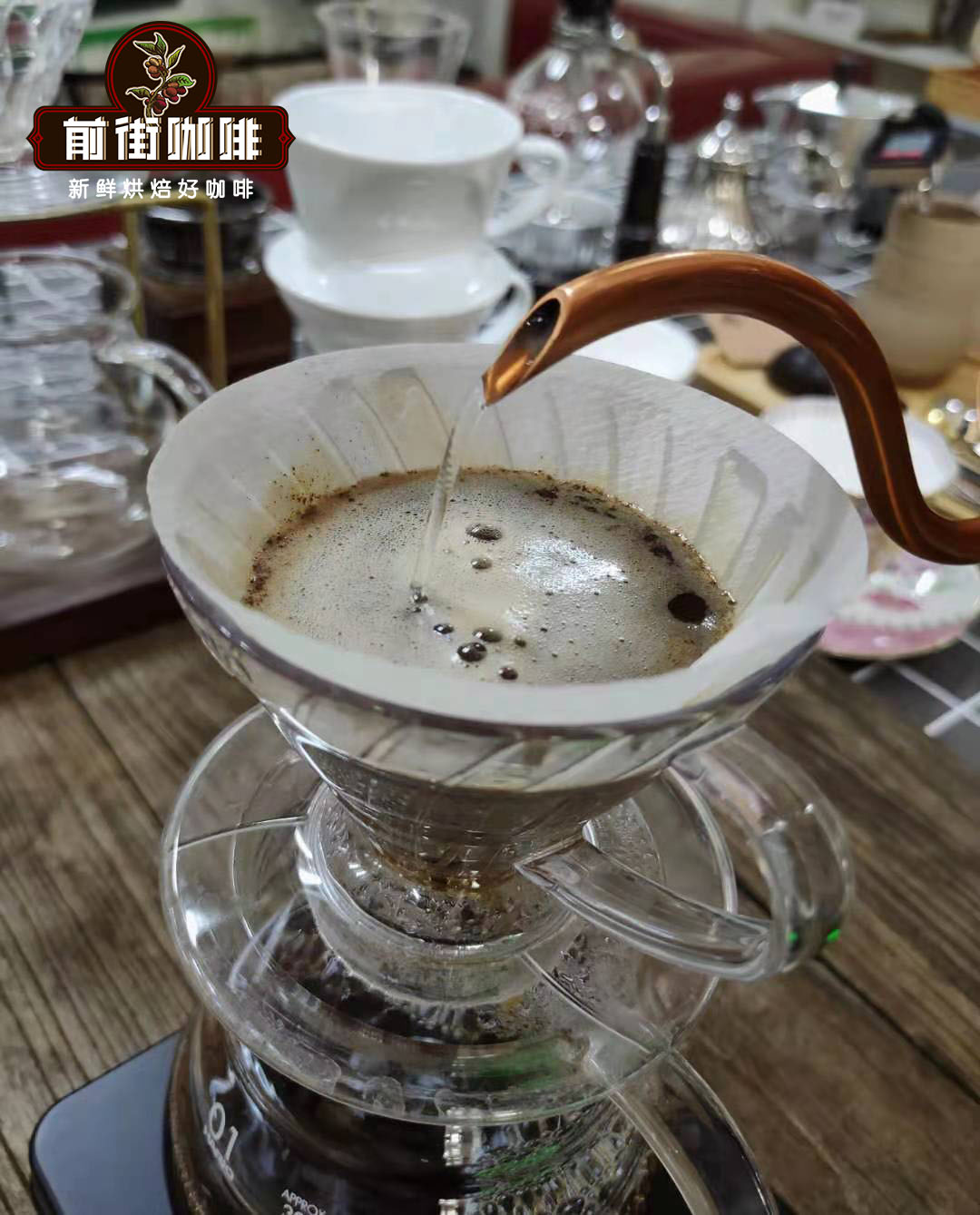
Qianjie suggests that when using a small kettle to inject water, you can't cut off the water so as not to lose the smell of coffee. At this time, you can taste a delicious cup of rosy summer coffee!
For more boutique coffee beans, please add private Qianjie coffee on Wechat. WeChat account: kaixinguoguo0925
Important Notice :
前街咖啡 FrontStreet Coffee has moved to new addredd:
FrontStreet Coffee Address: 315,Donghua East Road,GuangZhou
Tel:020 38364473
- Prev
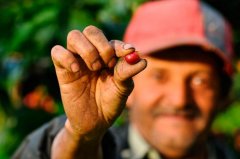
The Origin of the Manor in the Village of Rosa in Ethiopia Gesha Rosa Geisha really originated in the Village of Rosa?
The origin of the manor in the village of Rosa, Ethiopia Gesha Rosa\ does the geisha really originate in the village of Rosa? The Origin and Development of Rose Summer Village the owner of Gesha Village is Adam Overton, a genuine American who was not a coffee shop owner but a documentary filmmaker. And his wife, Rachel Samuel, is Ethiopian and a photographer.
- Next
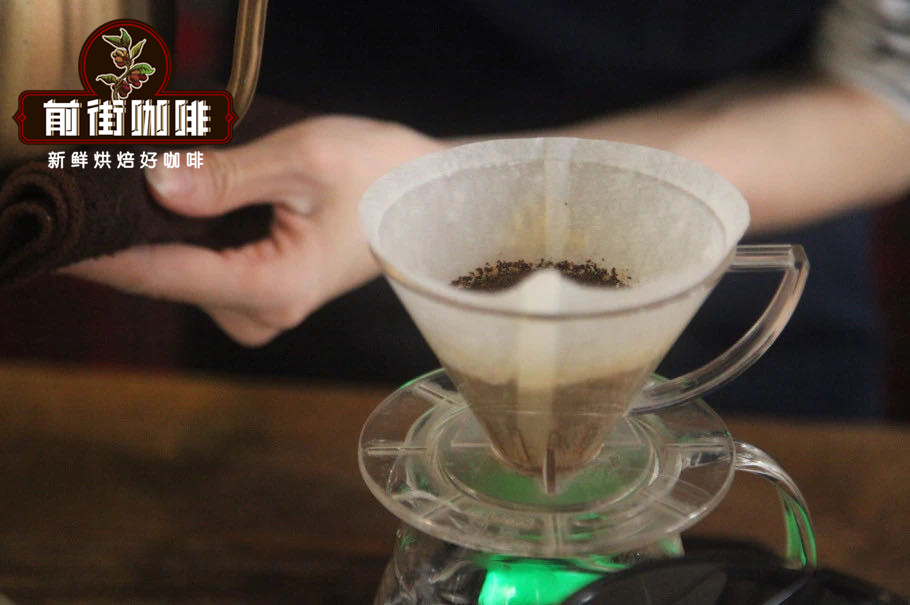
What is the difference between Indonesia gold Mantenin and Lin Dong Mantenin coffee brewing taste and flavor
What's the difference between Golden Manning and Manning? How to get out of the mellow feeling? [Golden mantenin] Mantenin is the boutique of Indonesian coffee, while gold manning is the best boutique of mantenin. Gold manning is a full-grained, clear and moist coffee carefully selected by hand, which is absolutely the most beautiful woman in the coffee. In fact, in order to improve Manning defective beans
Related
- Detailed explanation of Jadeite planting Land in Panamanian Jadeite Manor introduction to the grading system of Jadeite competitive bidding, Red bid, Green bid and Rose Summer
- Story of Coffee planting in Brenka region of Costa Rica Stonehenge Manor anaerobic heavy honey treatment of flavor mouth
- What's on the barrel of Blue Mountain Coffee beans?
- Can American coffee also pull flowers? How to use hot American style to pull out a good-looking pattern?
- Can you make a cold extract with coffee beans? What is the right proportion for cold-extracted coffee formula?
- Indonesian PWN Gold Mandrine Coffee Origin Features Flavor How to Chong? Mandolin coffee is American.
- A brief introduction to the flavor characteristics of Brazilian yellow bourbon coffee beans
- What is the effect of different water quality on the flavor of cold-extracted coffee? What kind of water is best for brewing coffee?
- Why do you think of Rose Summer whenever you mention Panamanian coffee?
- Introduction to the characteristics of authentic blue mountain coffee bean producing areas? What is the CIB Coffee Authority in Jamaica?

